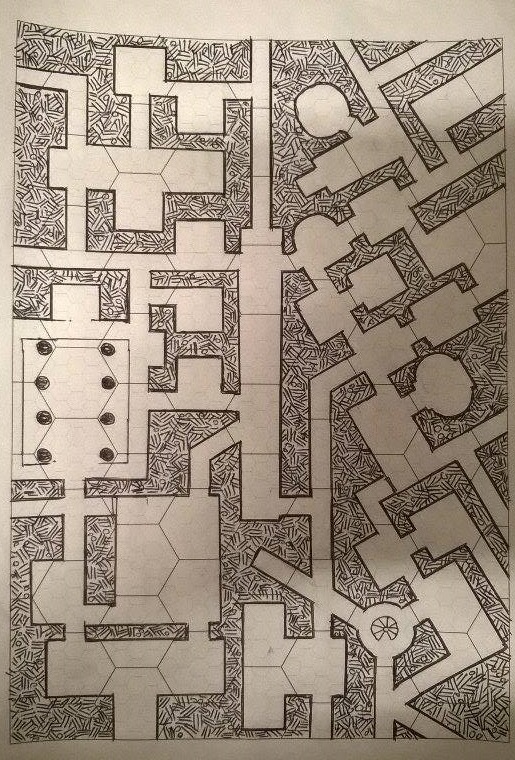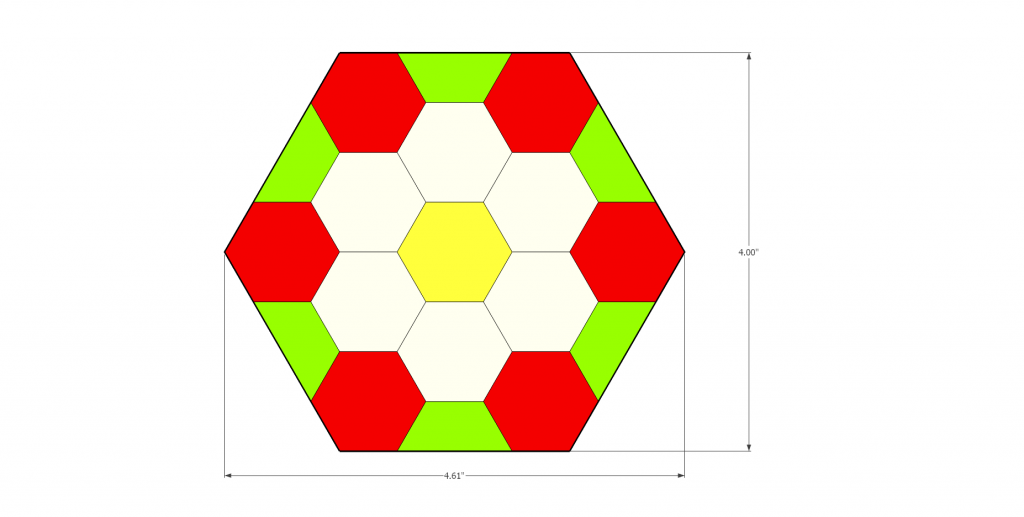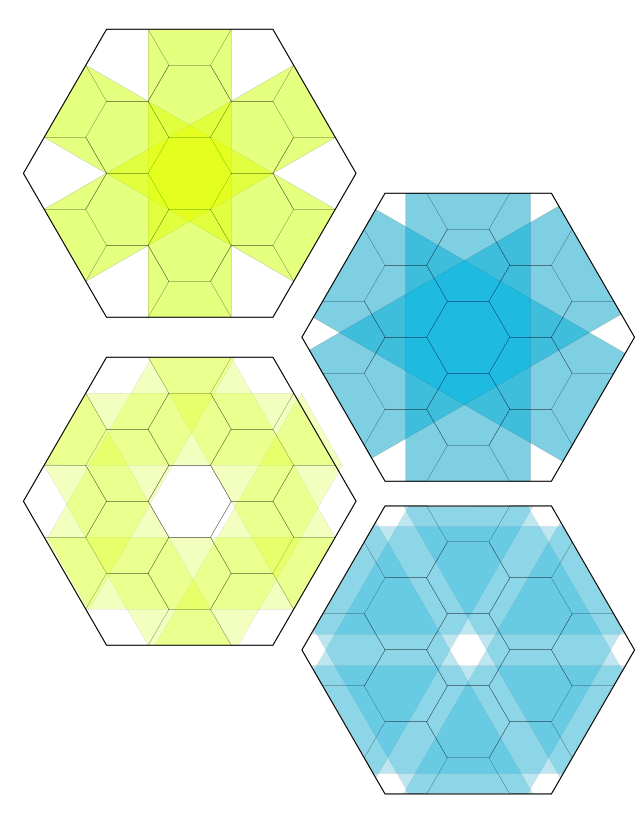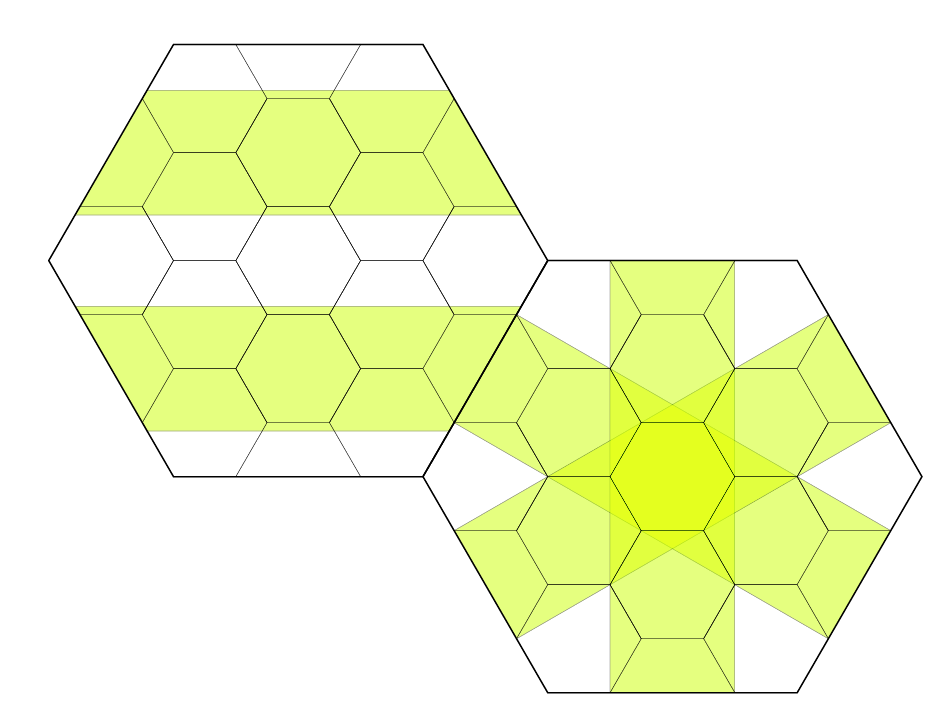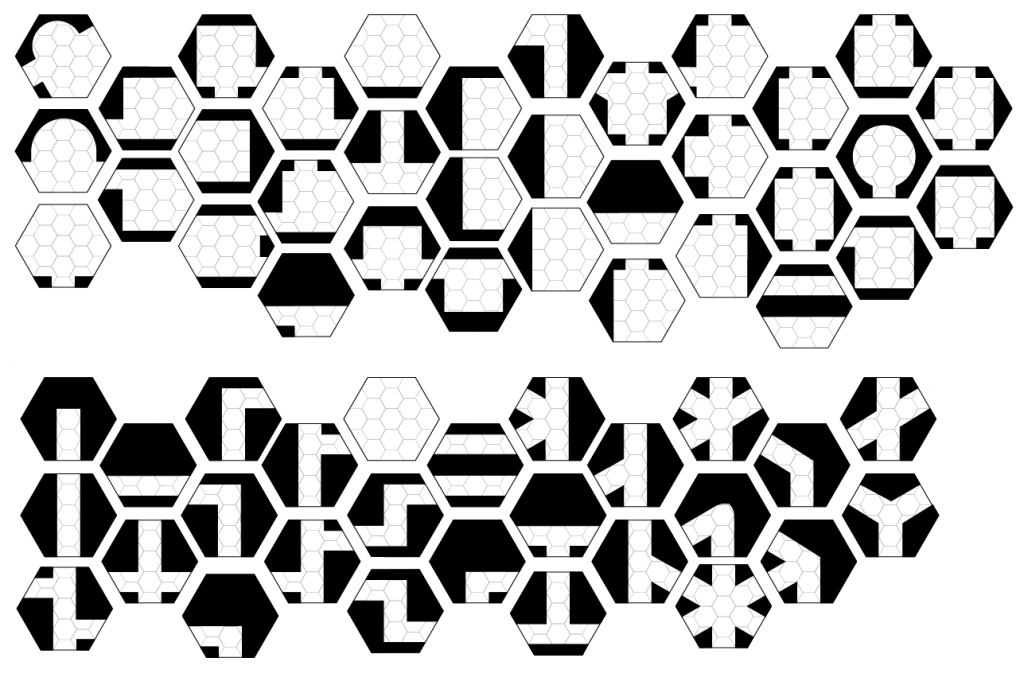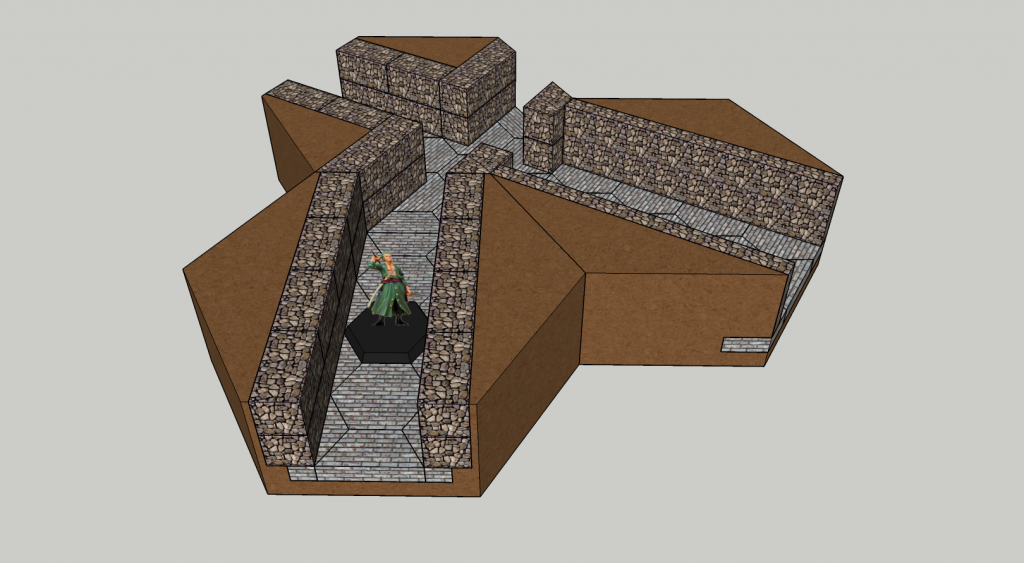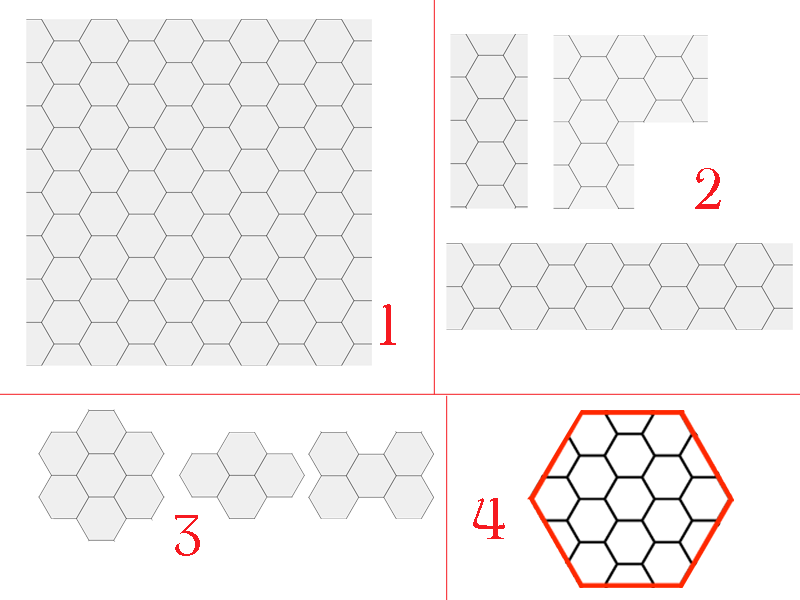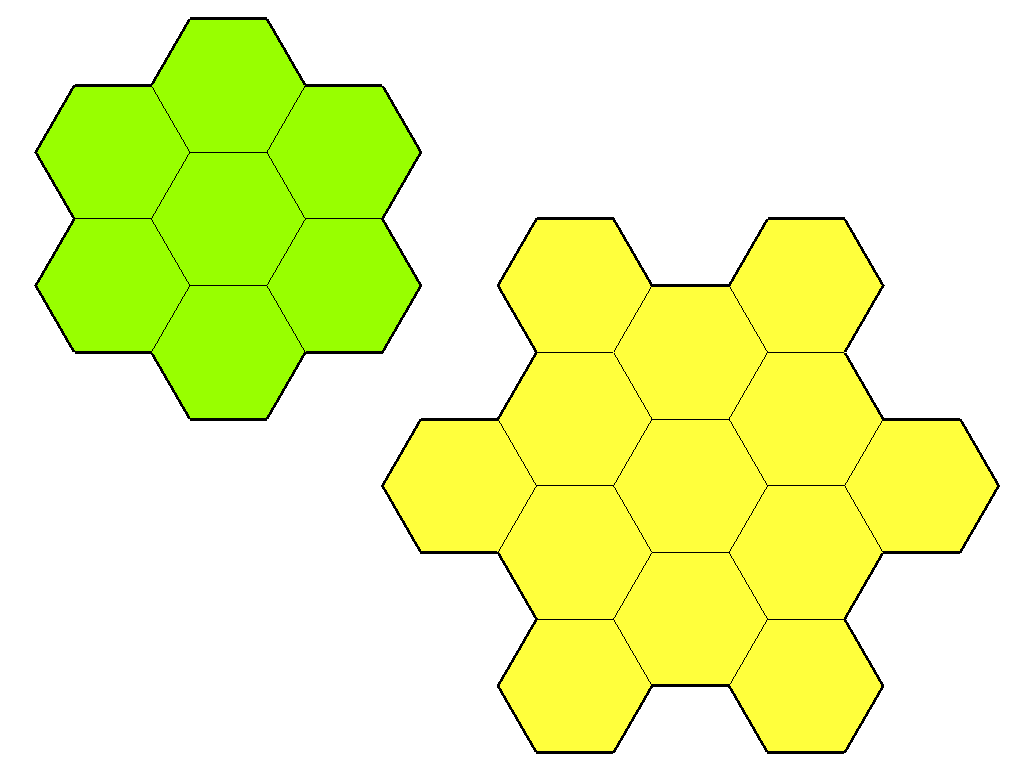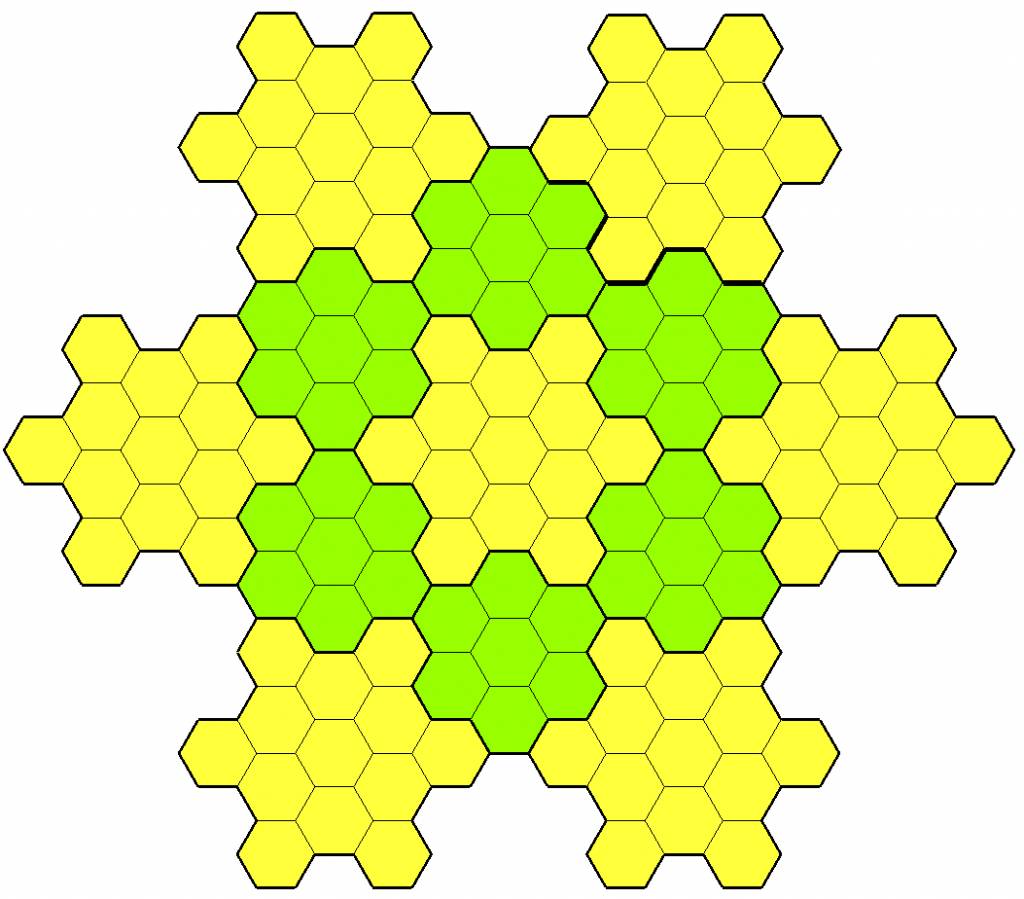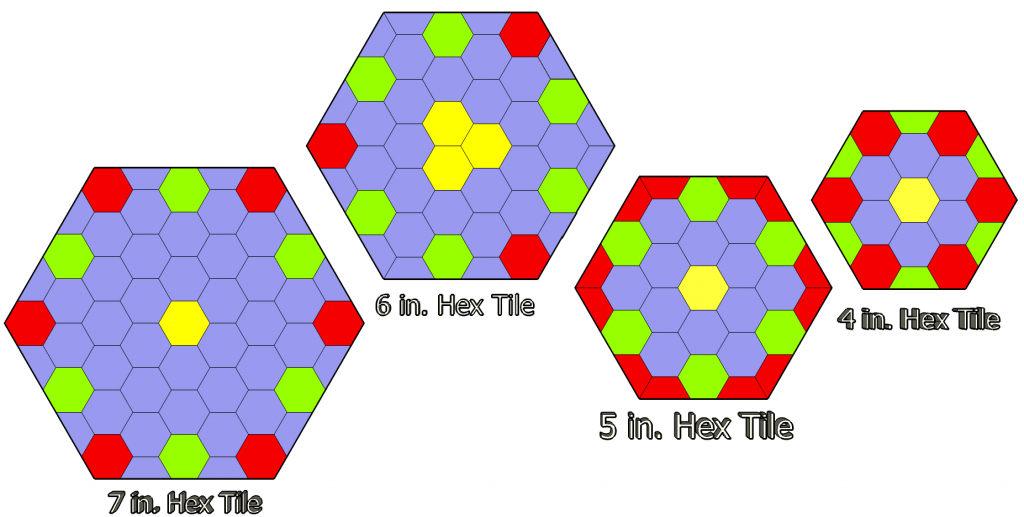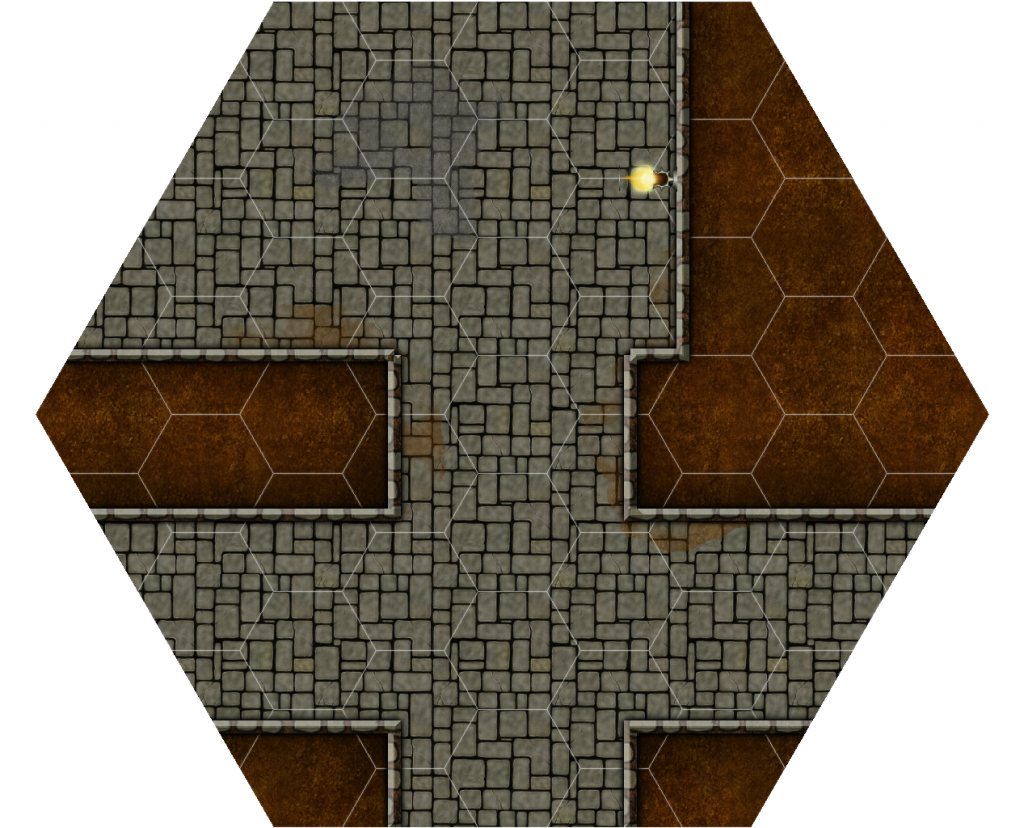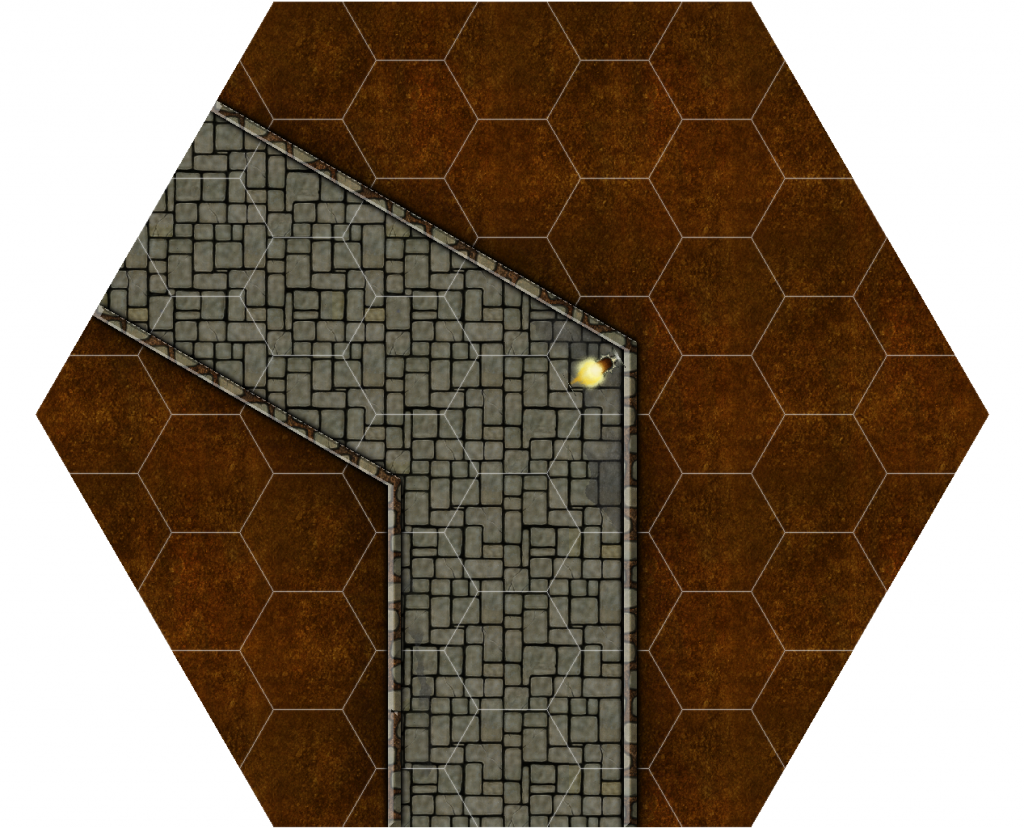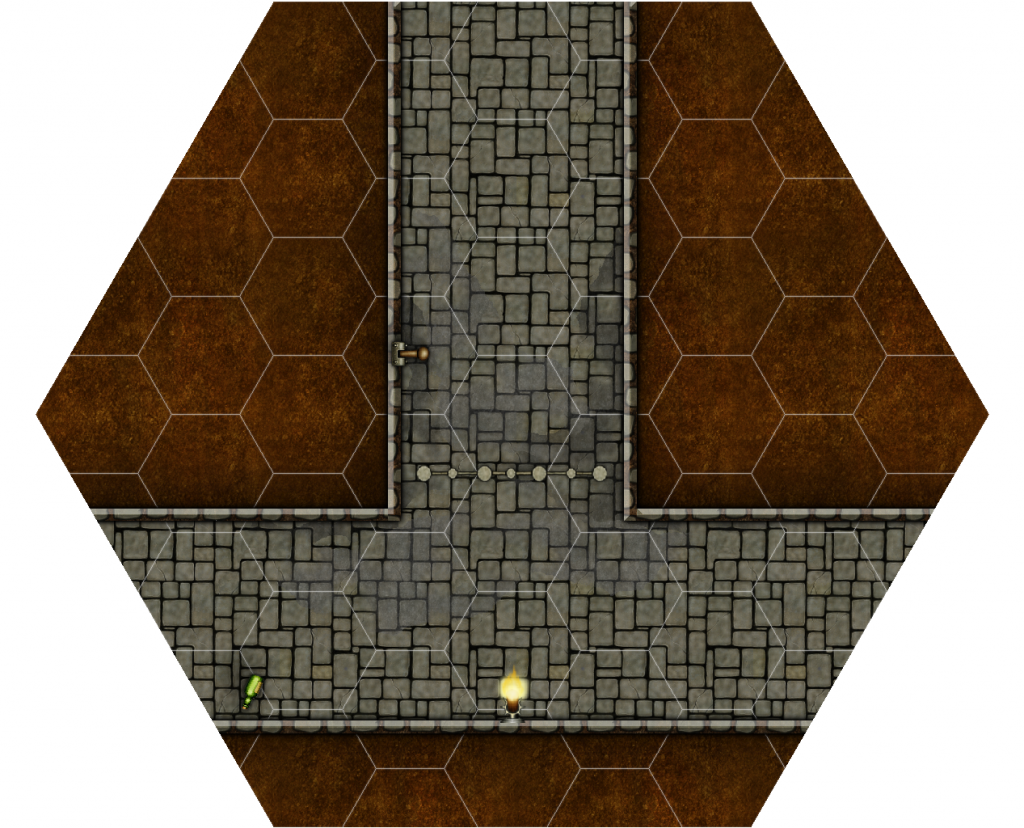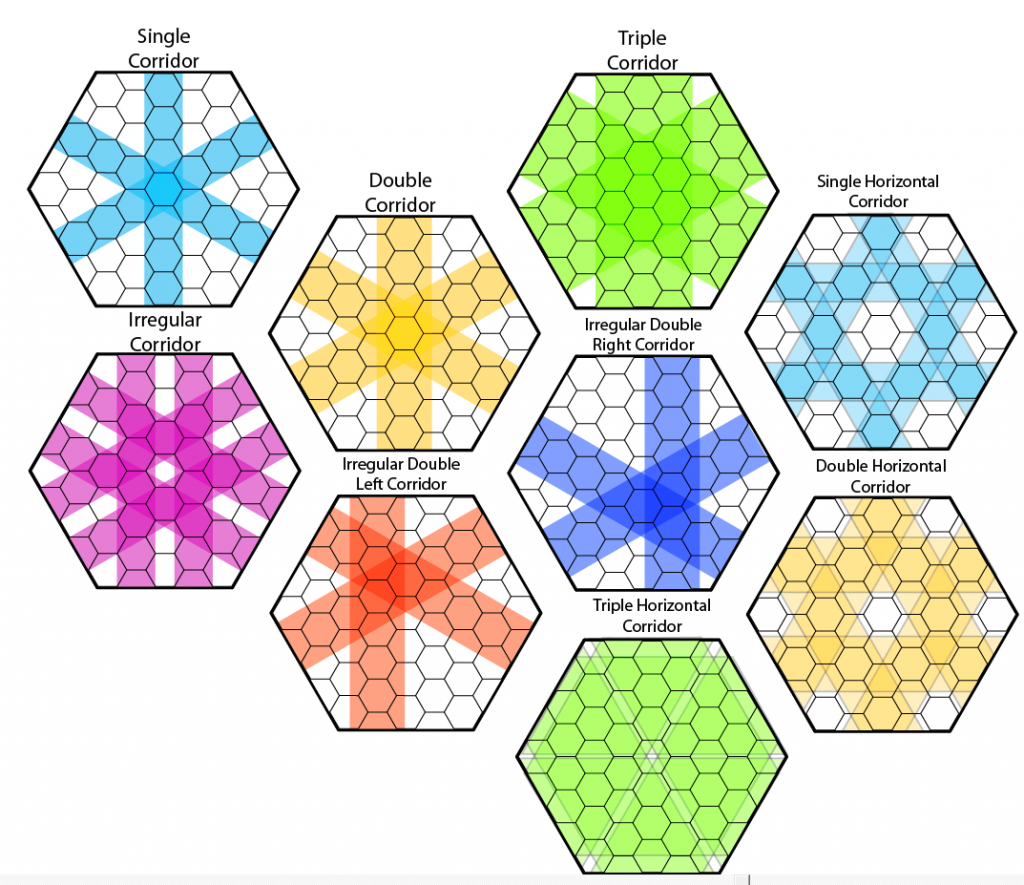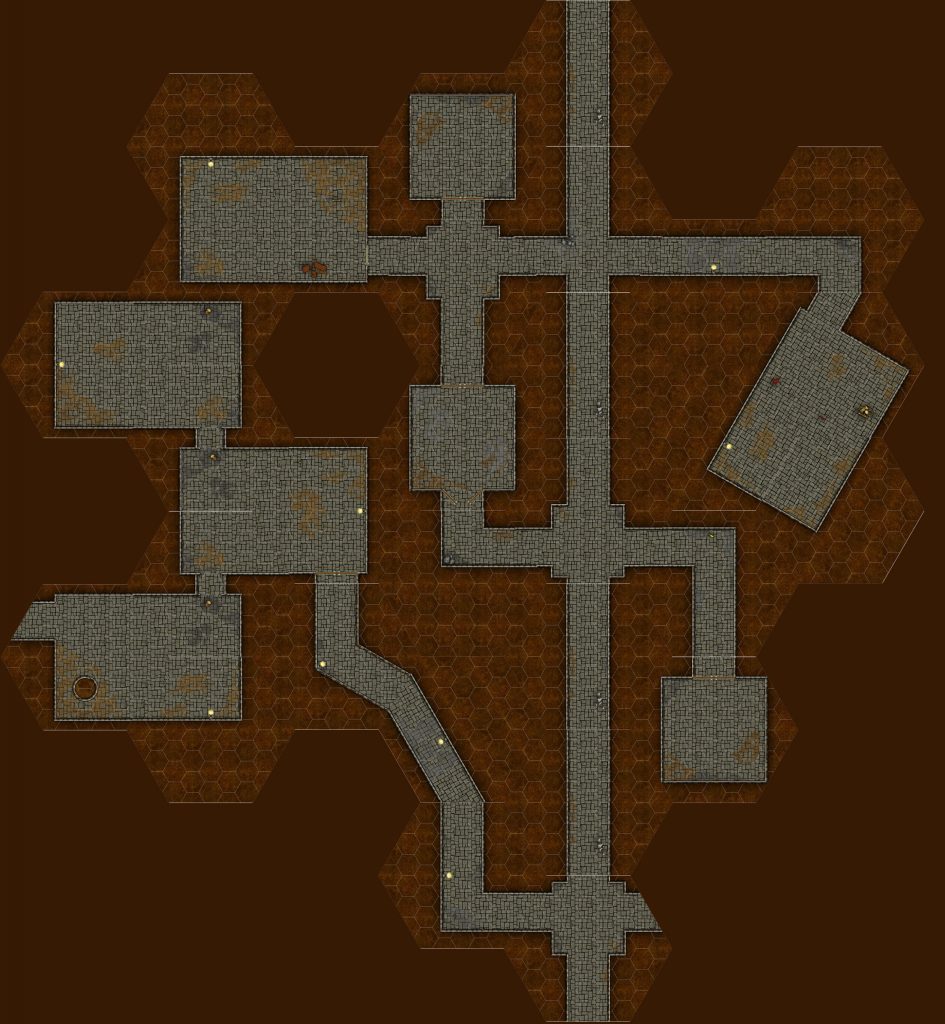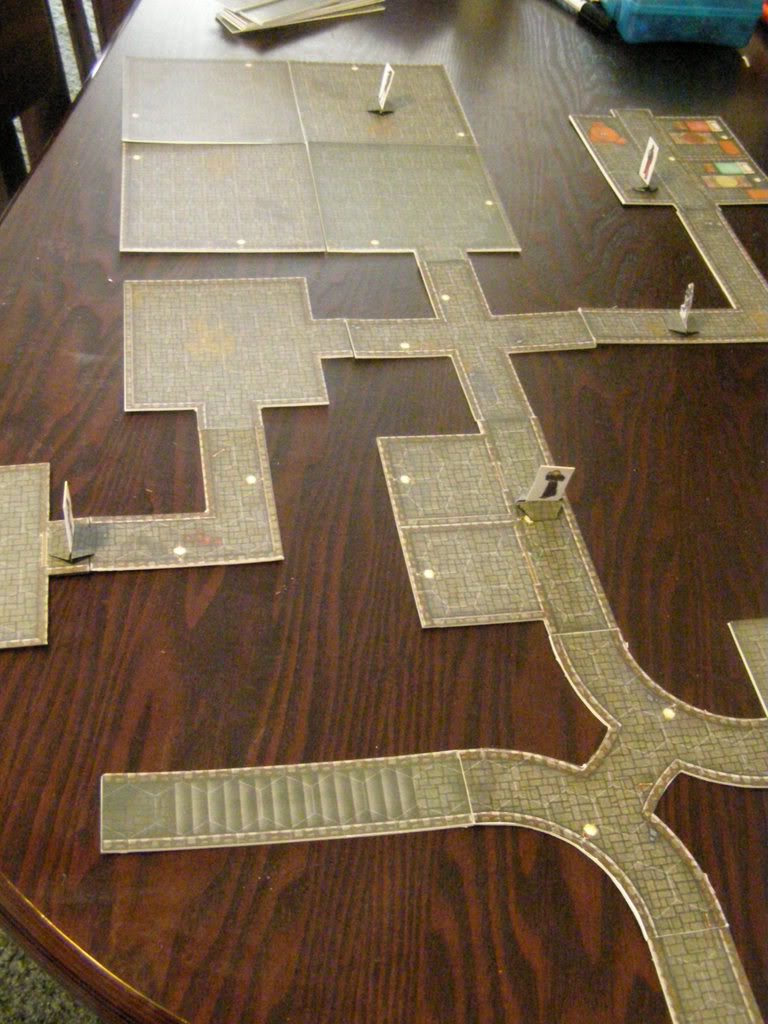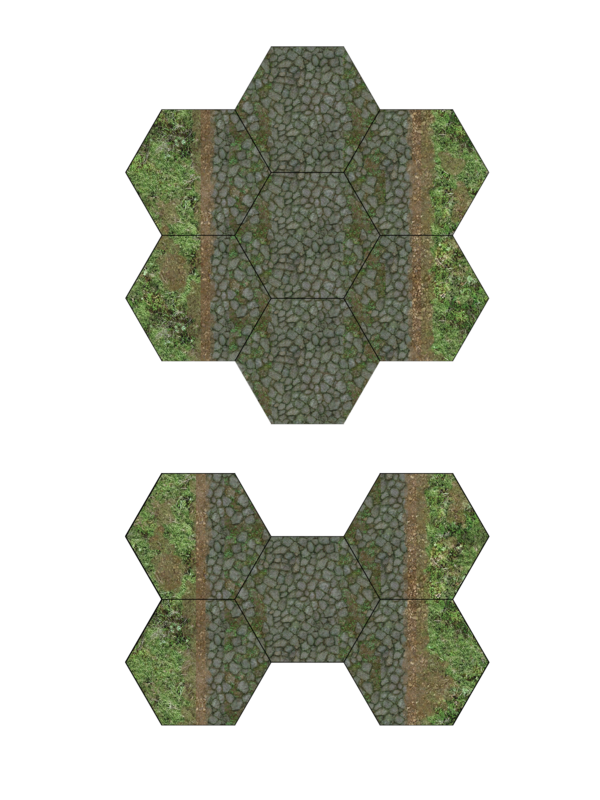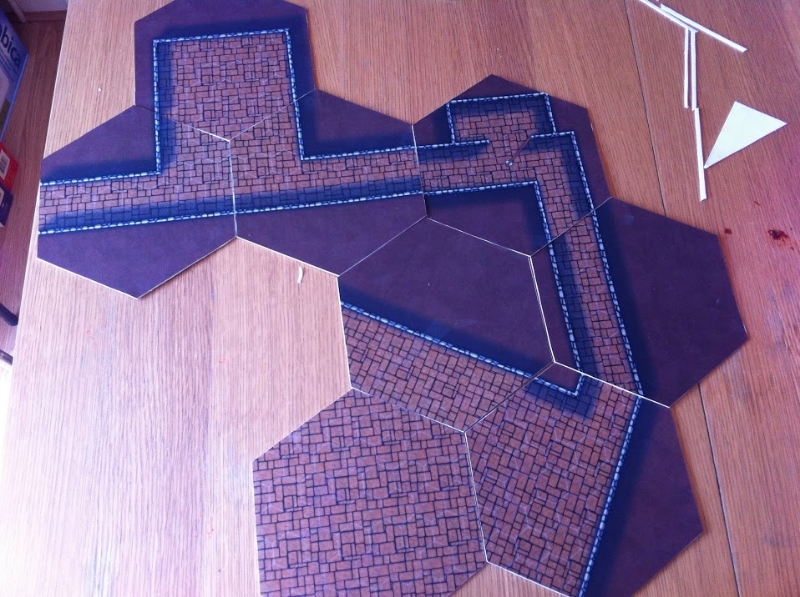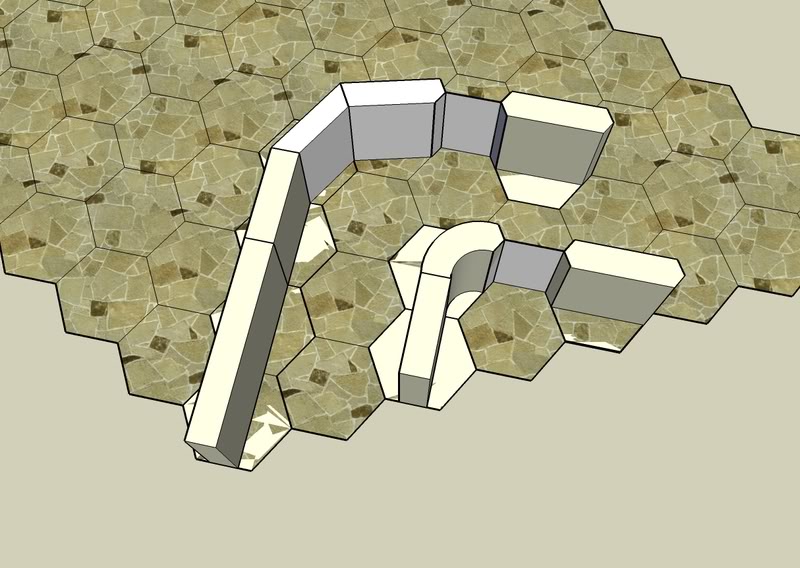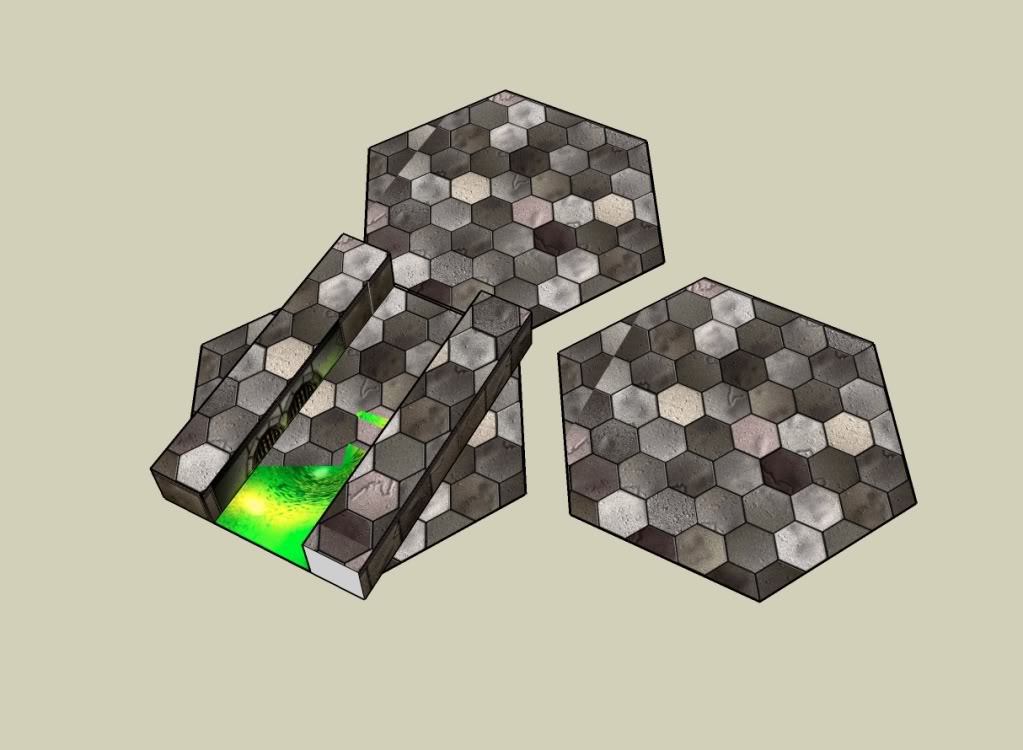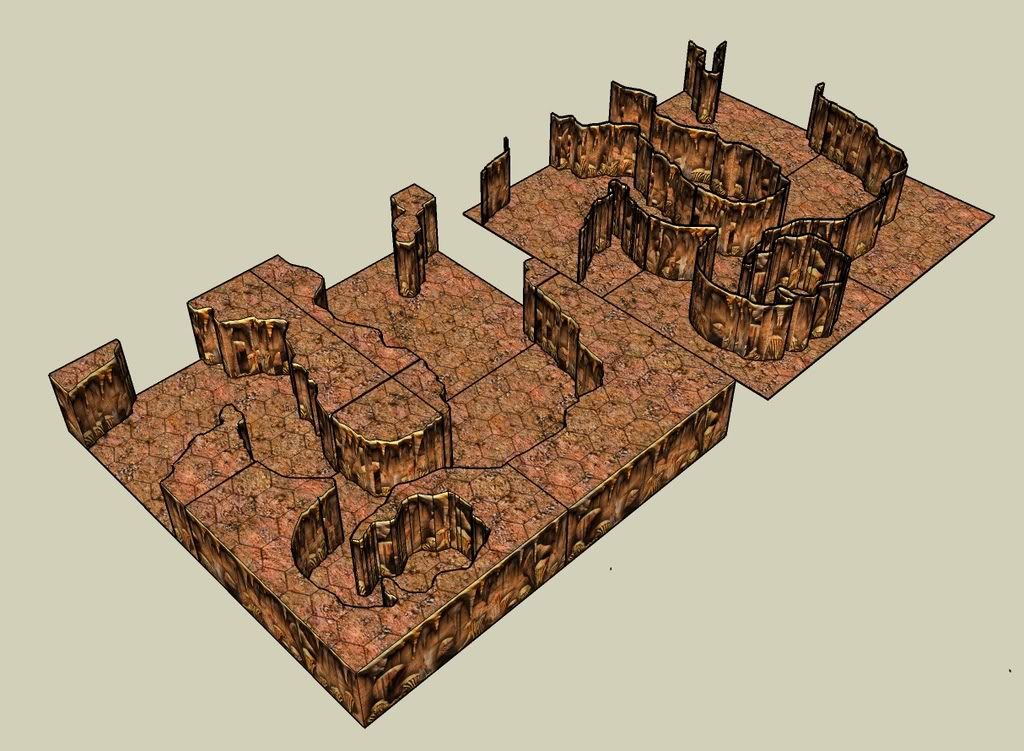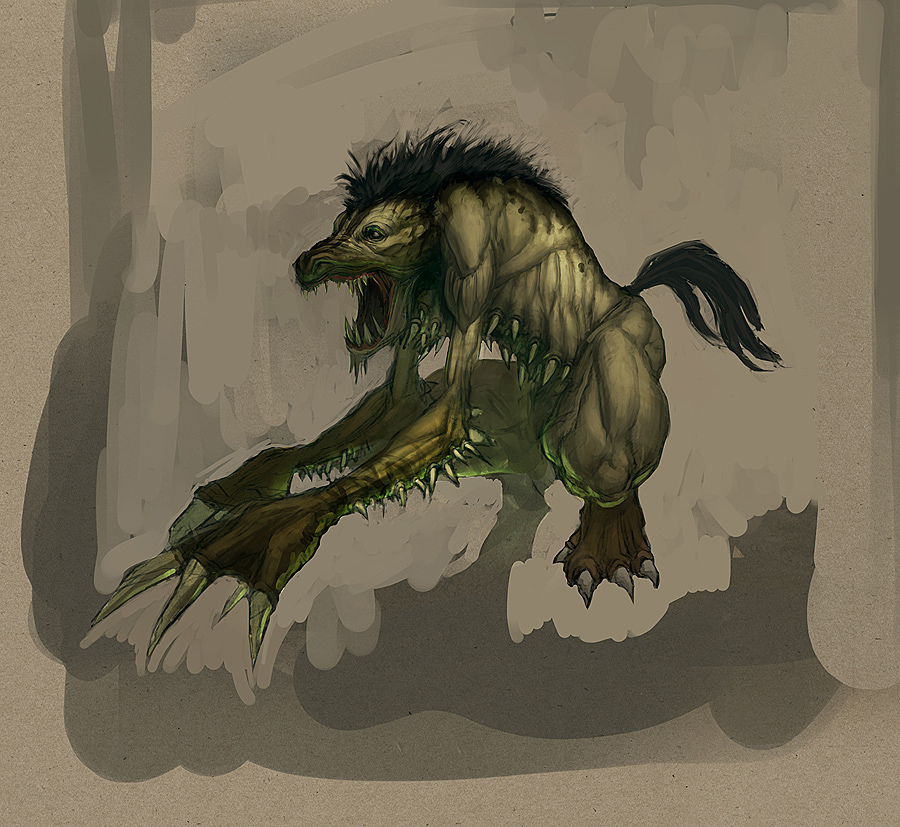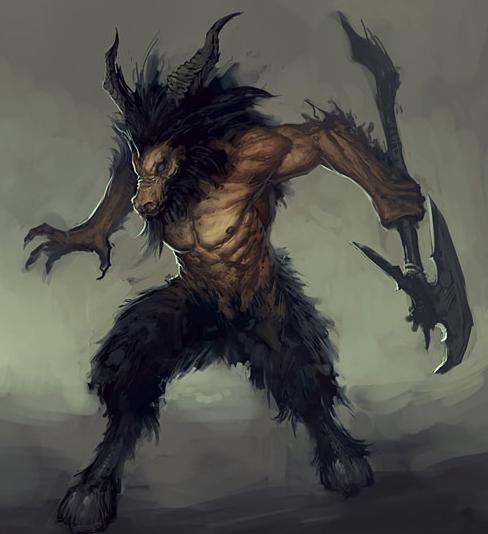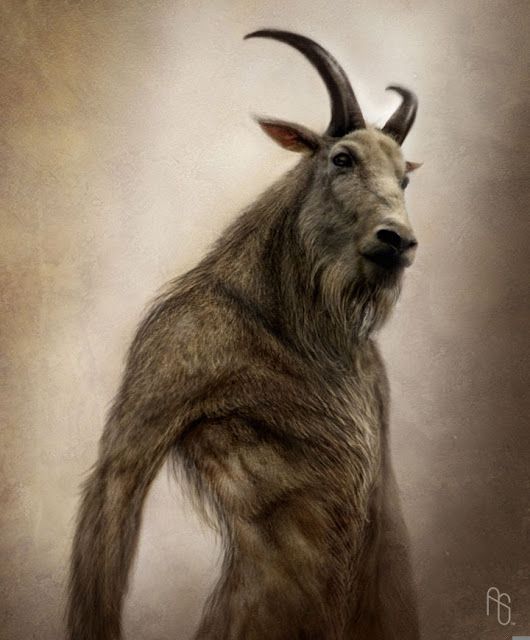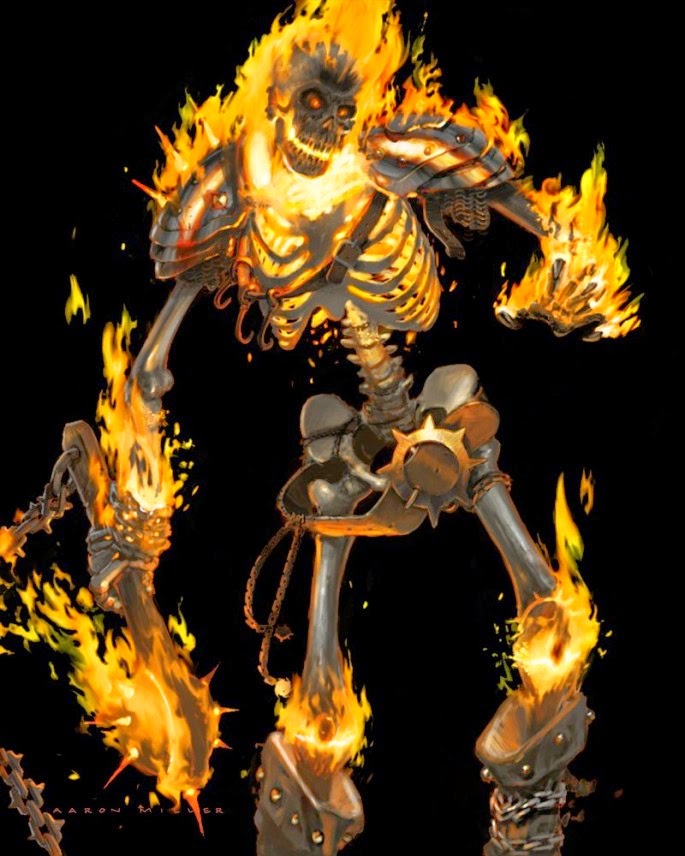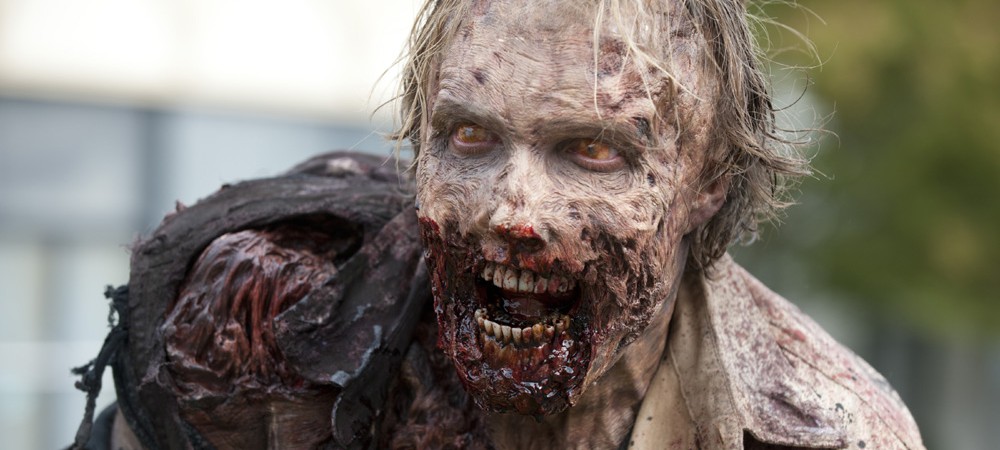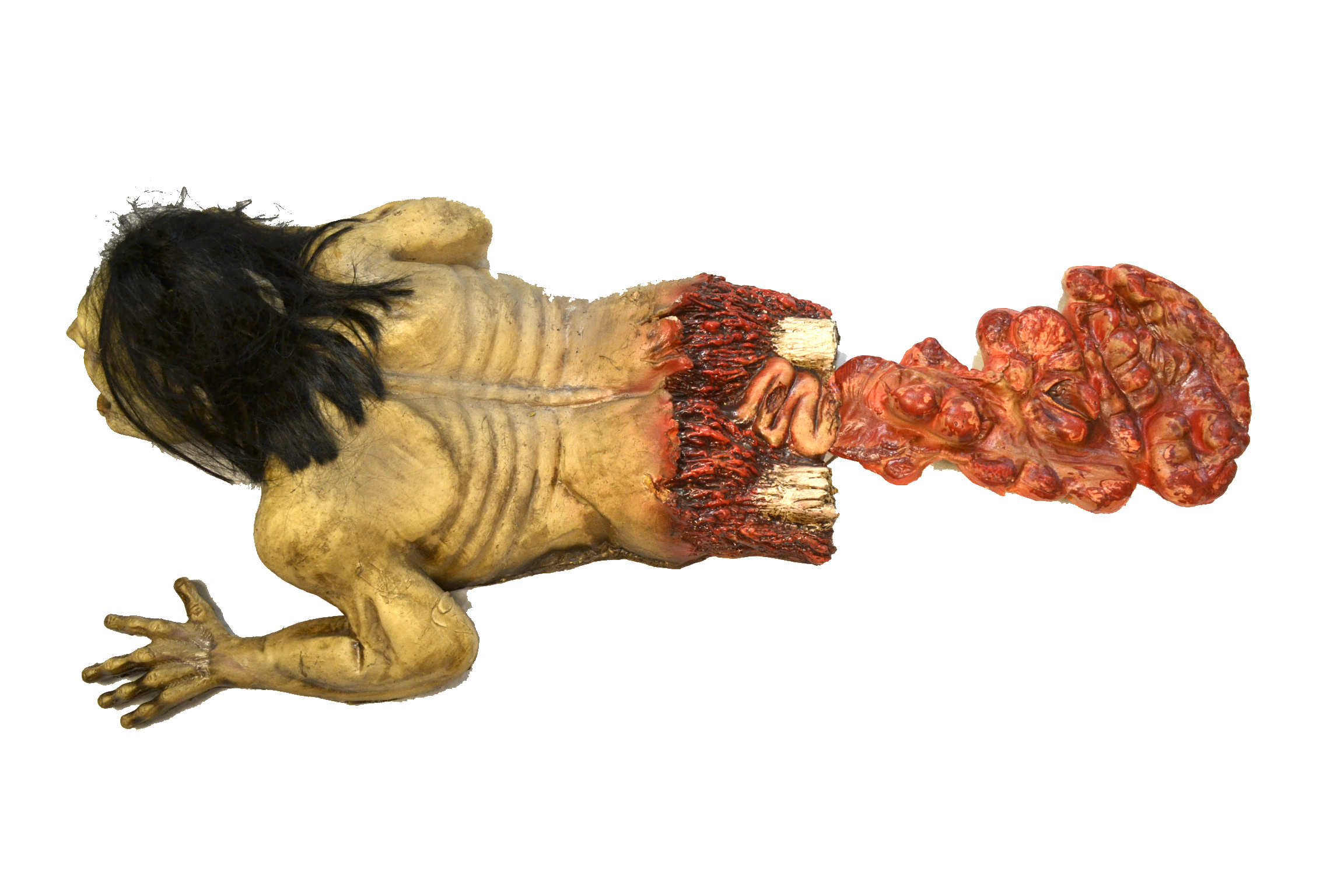Back in September of this year Steve Jackson Games ran a contest for a Dungeon Fantasy Character Backstory, the winner was randomly chosen. Sadly I didn’t win but it did give me a great idea for a character.
While hunting and foraging in the forested foothills of The Neverending Rise, Falddinor came upon an old human man practicing Martial Arts. Falddinor watched the old man and learned the forms in secret until he was found out by the old master. Falddinor was eventually accepted as a disciple and spent fifteen years learning the art of the Five Element Sword, the Eight Diagram Sword Technique and the Bāguà zhǎng style. He fights predominantly with dual weapons. He now wanders the world of “Jianghu” in search of spiritual knowledge, physical challenge, and to uphold righteousness.
Falddinor has long dark green hair which he braids a dart at the end of, and bright green eyes. He is lean and muscular with a hawkish nose. He carries a pair of antler hook swords as his preferred weapon, uses Deerhorn Knives in close quarters, a long knife strapped sideways across the small of his back and “Scholars Pens” hidden in his sleeves. Although skilled with a bow he does not use them. He prefers loose clothing that allows him to move freely but not so baggy that it will hinder his movement.
He is curious to the point of being annoying, loves to talk about anything and everything and appreciates a good joke even if the joke is on him. He is respectful to those he admires and will mercilessly tease those he does not. When asked what people think of Falddinor “Laughing Wind” the most common response is you either love him or hate him.
The following is Falddinor Pinebrook at a medium level of technique. This 250 point version does not take into account him learning the higher techniques.
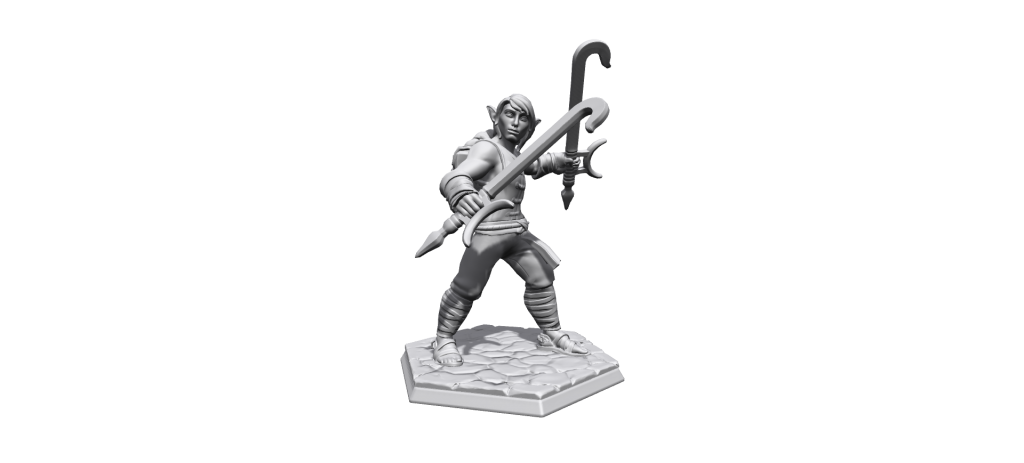
Miniature made with https://www.heroforge.com/
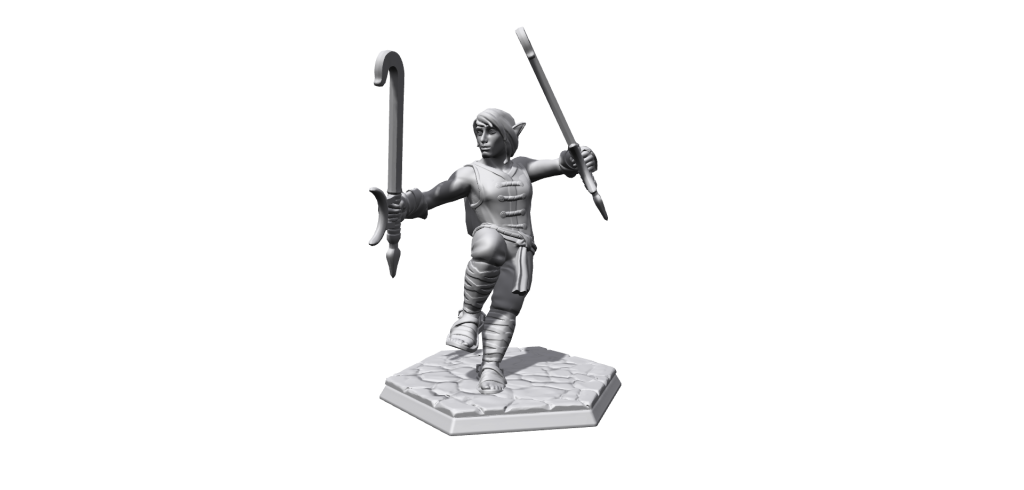
Falddinor Pinebrook Wood Elf (250 points)
Attributes
ST 10 HP 10 Basic Speed 7.25
DX 17 Will 11 Basic Move 9
IQ 10 Per 10
HT 12 FP 12 SM 0
Dodge 10 +0 Parry 11 +0 DR: 0
Block 9 +0
MELEE Attacks
Bite (17): 1d-3 cr at reach C.
Deer Antlers • Knife (19): 1d-1 cut at reach C ([5, 7]).
Deer Antlers • Main-gauche (15): 1d-1 cut at reach C ([5, 7]).
Hook Sword • Hilt punch (17): 1d-2 cut at reach C ([4, 5]).
Hook Sword • Swing (17): 1d+1 cr at reach 1 ([5]).
Hook Sword • Thrust (17): 1d-1 cr at reach 1.
Hook Sword • Hook (17): 1d-4 cut at reach 1 ([3, 7]).
Karate • Punch (17): 1d-2 cr at reach C.
Karate • Kick (15): 1d-1 cr at reach C,1.
Long Knife • Knife Swing (19): 1d-1 cut at reach C, 1.
Long Knife • Knife Thrust (19): 1d-2 imp at reach C, 1.
Long Knife • Shortsword Swing (15): 1d-1 cut at reach 1.
Long Knife • Shortsword Thrust (15): 1d-2 imp at reach C, 1.
RANGED Attacks
Throwing Dart (14): 1d-2 imp, ACC of 1, range of 25 / 35, ROF of 1.
Traits
Martial Artist (Dungeon Fantasy); Wood Elf (Dungeon Fantasy).
Skills
Acrobatics–16; Blind Fighting–10; Body Control–12; Breath Control–13; Broadsword–17; Esoteric Medicine (Chi)–11; Fast-Draw (Sword)–17; Hiking–11; Judo–17; Jumping–17; Karate–17; Knife–19; Light Walk–18; Meditation–10; Pressure Points (Human)–11; Push–18; Running–11; Stealth–18; Tactics–10; Throwing–16.

I imagine Falddinor wearing something similar to this
This next version is 300 points and represents him at a more advanced level
Falddinor Pinebrook Wood Elf (300 points)
Attributes
ST 10 HP 10 Basic Speed 7.25
DX 17 Will 11 Basic Move 9
IQ 10 Per 10
HT 12 FP 13 SM 0
Dodge 11 +0 Parry 12 +0 DR: 0
Block 9 +0
MELEE Attacks
Bite (17): 1d-2 cr at reach C.
Deer Antlers • Knife (17): 1d cut at reach C ([5, 7]).
Deer Antlers • Main-gauche (13): 1d cut at reach C ([5, 7]).
Exotic Hand Strike (Karate) (17): 1d cr at reach C.
Hammer Fist (Karate) (17): 1d-2 cr at reach C.
Hook Sword • Hilt punch (17): 1d-1 cut at reach C ([4, 5]).
Hook Sword • Swing (18): 1d+2 cr at reach 1 ([5]).
Hook Sword • Thrust (18): 1d cr at reach 1.
Hook Sword • Hook (18): 1d-3 cut at reach 1 ([3, 7]).
Karate • Punch (17): 1d-1 cr at reach C.
Karate • Kick (15): 1d cr at reach C,1.
Long Knife • Knife swing (17): 1d cut at reach C,1.
Long Knife • Knife thrust (17): 1d-1 imp at reach C,1.
Long Knife • Shortsword swing (18): 1d cut at reach 1.
Long Knife • Shortsword thrust (18): 1d-1 imp at reach C,1.
RANGED Attacks
Throwing Dart (17): 1d-1 imp, ACC of 1, range of 28 / 39, ROF of 1.
Traits
Martial Artist (Dungeon Fantasy); Pa Kua Chuan (Martial Arts); Wood Elf (Dungeon Fantasy).
Skills
Acrobatics–17; Animal Handling (Equines)–11; Arm Lock (Judo)–17; Blind Fighting–11; Body Control–12; Breath Control–13; Broadsword–18; Climbing–17; Disarming (Broadsword)–18; Dual-Weapon Attack (Broadsword)–18; Dual-Weapon Defense (Broadsword)–12; Dual-Weapon Defense (Knife)–10; Esoteric Medicine (Chi)–11; Evade (Judo)–17; Exotic Hand Strike (Karate)–17; Fast-Draw (Sword)–17; Hammer Fist (Karate)–17; Hook (Broadsword)–15; Judo–17; Jumping–17; Karate–17; Knife–17; Light Walk–18; Meditation–11; Navigation/TL3 (Land)–11; Parry Missile Weapons–18; Philosophy (Taoism)–8; Pressure Points (Human)–10; Pressure Secrets (Human)–9; Push–18; Reverse Grip (Broadsword)–12; Running–12; Shortsword–18; Stealth–18; Sweeping Kick (Judo)–14; Tactics–10; Thrown Weapon (Dart)–17; Whirlwind Attack (Broadsword)–15.


